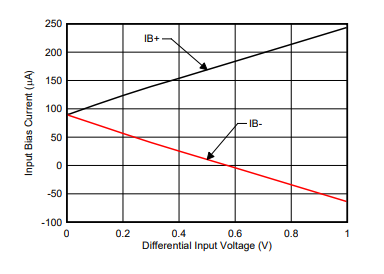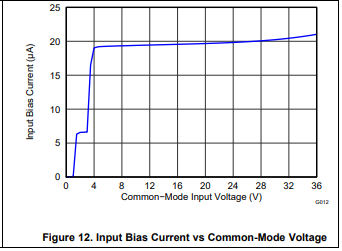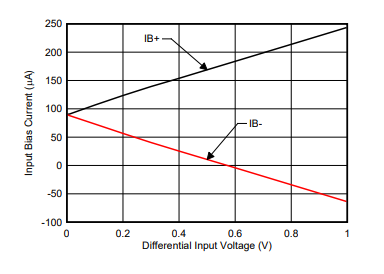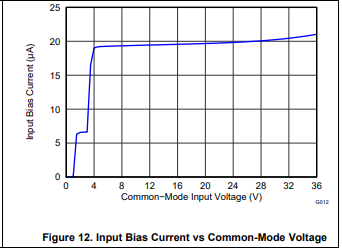Other Parts Discussed in Thread: INA240
Hi I am trying to establish what effect on accuracy have two 10ohm resistors used to filter current sensing input. What input current I can expect, or what is the input impedance of the adc in current sensing mode?
Shall these resistors be closely matched?
Thanks





